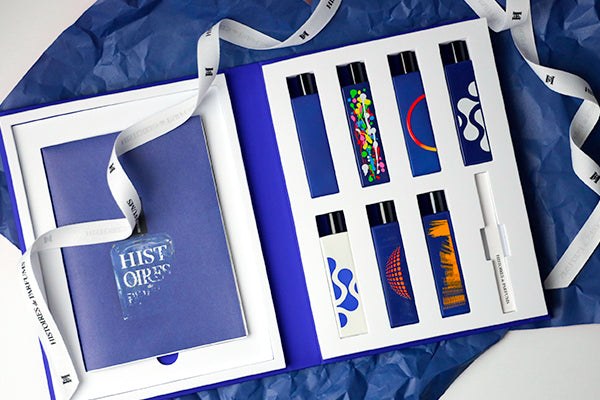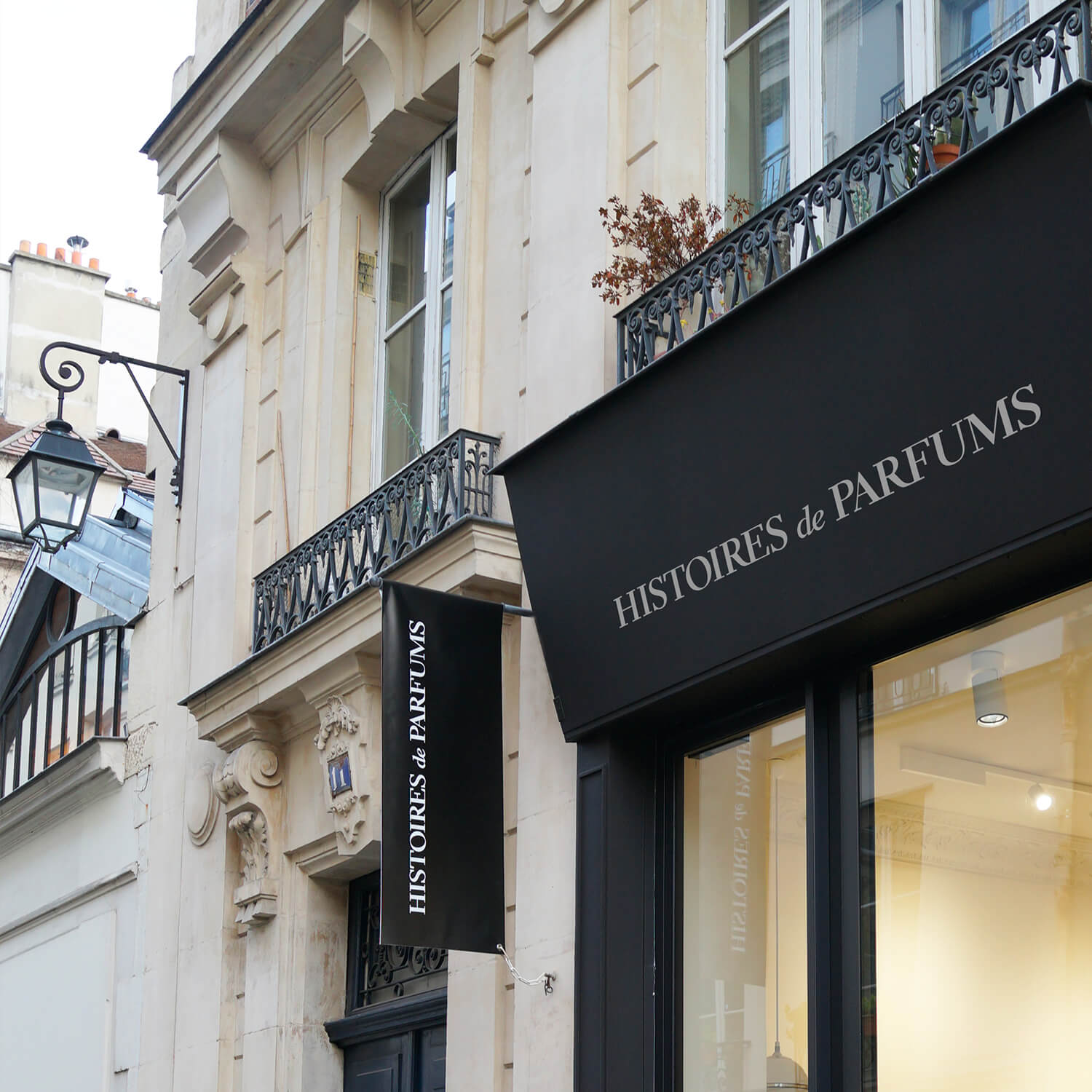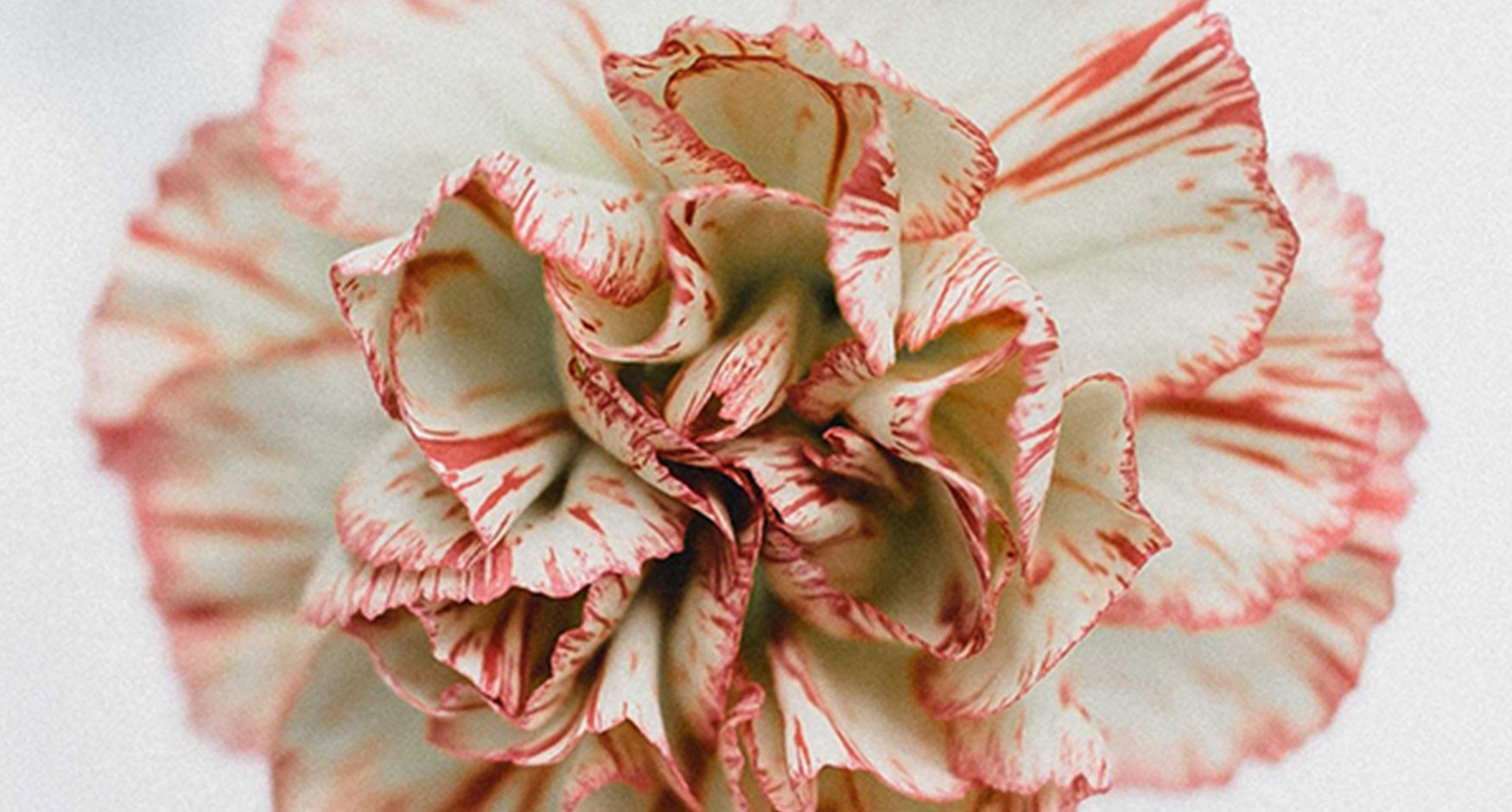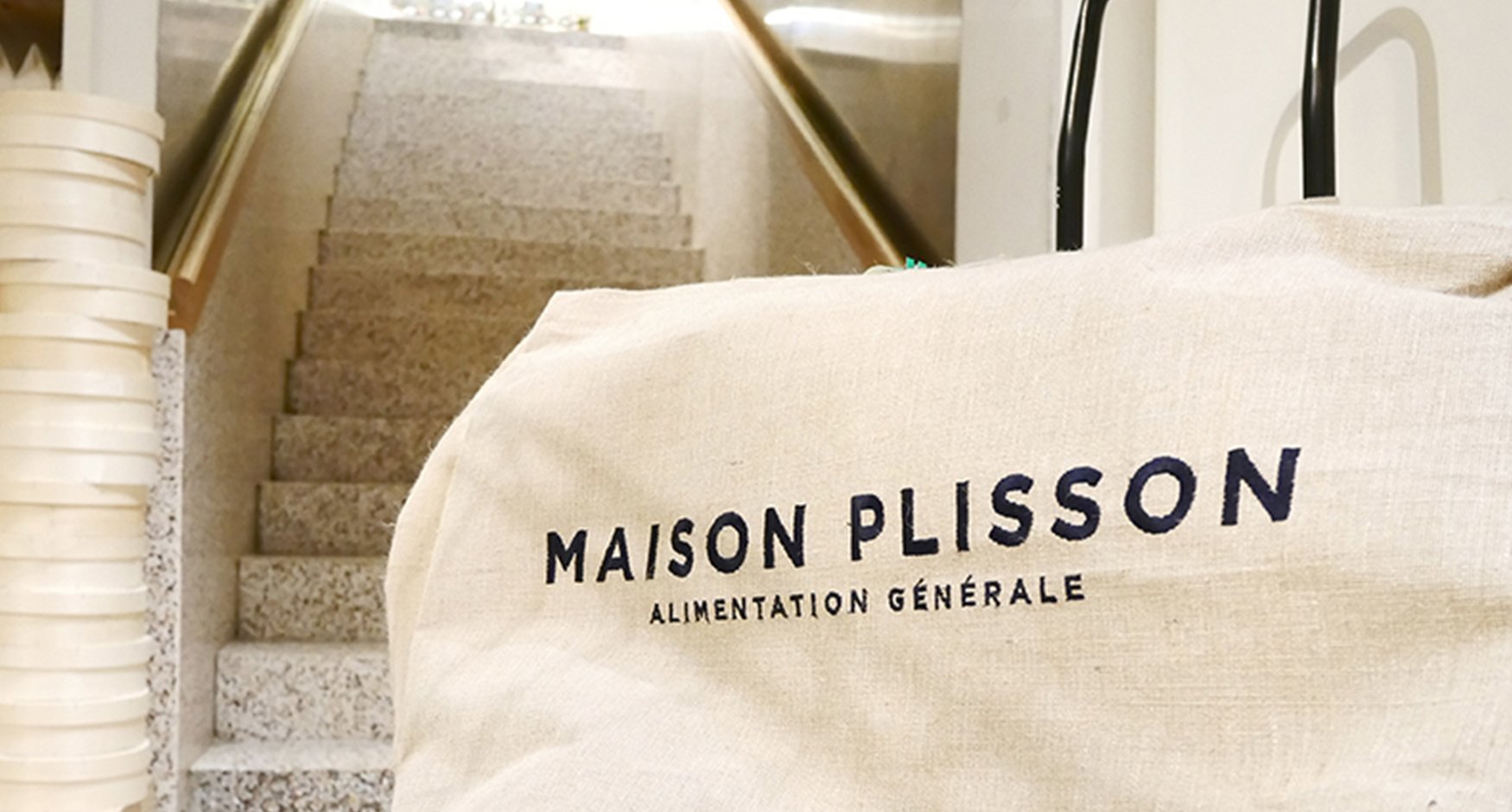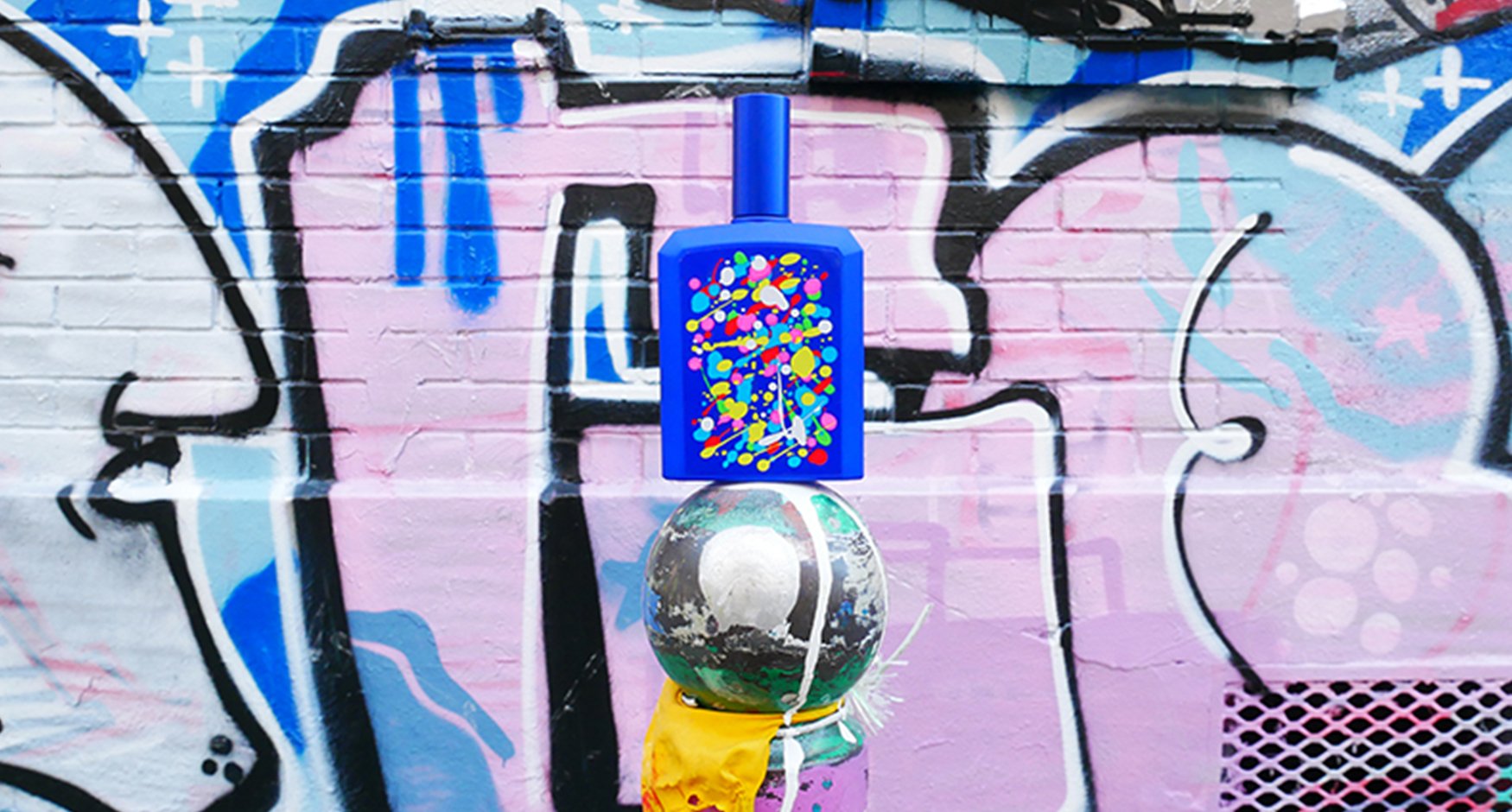
International Art Day

Prehistoric art. Mysterious and rich
We are still uncertain about the artist's intentions of this era who painted rupestrian animal frescos. Was it an introduction to hunting, or a way to control an animal's spirit, to prevent it from haunting hunters in their sleep, or was it simply just for the joy of painting?
Contrary to the belief that we should worry about its symbolic representations, prehistoric art is extremely complex. It demonstrates an appreciation for aesthetics while working with faceted walls. While we might know little of the subject, the variety and longevity of prehistoric art should not be taken for granted.
Let's take, for example, the Lascaux cave in France (nicknamed the Sistine Chapel of the prehistoric period) in which more than 600 paintings have been identified. The oldest recovered paintings date back to around 18 600 BP and the most recent to around 15 000 BP spanning over a 3000-year period. In comparison, that is longer than the foundation of Rome in 753 B.C. to present day.
Ancient Art: Egyptian, Greek and Roman: three different versions
Egyptians used art to prolong and preserve their existence in "heaven". Renown examples of this practice are the pyramids of Giza, and the tombs of Pharaohs Cheops, Khafra and Mykerinos. Egyptian art is largely intended for the gods, which fascinated Europeans in the 20th century following the discovery of pious art.
As for the Greeks, art was the search for a perfect aesthetic. They would go on to invent "ideal beauty". Whether it be in architecture, painting or sculpture, the Greeks seek to find the ideal and most appealing proportions that please the eye. This ideal became implemented in the way they governed their works. They would find, for example, that the diagonal reaching from the chin to the top of the skull, represents one seventh of the individual's body. This information was then used to create perfectly proportioned statues.
The Romans, on the other hand, did not influence painting and sculpture similarly. Rather, their influence on architecture remains vital, as their numerous innovations have travelled with time such as the Cloaca Maxima, a sewage system built in Rome in 4 A.D which still works today. Roman art is surely practical before anything else.
Art in the Middle Ages: Let the Light Shine In!
The advent to Christianity came with a necessity: the need to construct a place of worship. Art from the Middle Ages, is essentially religious art. First came Roman art, with architecture that would design the layout for cross-churches. Then came frescos, which would pictorially represent Christianity in the church while enlighteners worked on the manuscripts. In the 13th century, Roman art collapses in competition with Gothic art which is characterized by pointed arches. These arches allowed more windows to be built, and more light to shine in.
The Renaissance: The Rediscovery of Antiquity
After the fall of Constantinople in 1453, the reawakening of Greek and Roman ideologies sparks upheaval amidst Europe's intellectual crowd. Whether it be in painting, sculpture, or architecture, the Renaissance broke all ties with the Middle Ages. One of the most influential aspects remains to be the discovery of perspective which forces us to reconsider how we view reality. The rediscovery of ancient texts, especially Greek texts, transforms the artist's approach to his work. The artist no longer seeks to represent the object itself, but rather questions the reason behind the object's appearance through meticulous observations. It's what we today call: naturalism.
The 19th Century: Art progressively becoming political
In a little over a century, art will adopt many new trends. New trends come about as a reaction to previous trends. Neoclassism, romanticism, realism, impressionism and symbolism are amongst the most popular of trends.
During this period, major European powers were fighting for global hegemony. Art was no exception to this expansion of power, and became used as a tool to disseminate propaganda. We can take, for example, David who painted many pieces for Napoleon I, including the renown The Coronation of Napoleon. However, at Napoleon's downfall in 1815, David was exiled by the king of France. He moves to Brussels where he would then die in 1825. Charles X, France's king at the time, refused to have David's body repatriated in France. David is thus now buried in Brussels.
From the 20th century to modern day: the end of all limitations
With the appearance of photography, painting takes on a freer form, liberating itself from classical techniques. Painting becomes a place of experimentation within which we can shock, question, and denounce...
Modern art made its debut in the 2oth century, and has since then undergone many transformations and adopted many trends that wean art away from tradition. However, what we do notice in these movements, is the rediscovery and expressions of primitive art that Western art had lost.
Fauvism, one of the first modern art movements, would go on to stray painting away from its traditional structure, allowing color instead to speak for the work. Subsequently, abstract art came into play, particularly Dadaism, which used humor and provocative texts such as Marcel Duchamp's La Fontaine (1917) to expand and liberate human creativity. Abstract art was then followed by other trends (surrealism, pop art, new realism) that all aim to stimulate thought rather than to dazzle.


